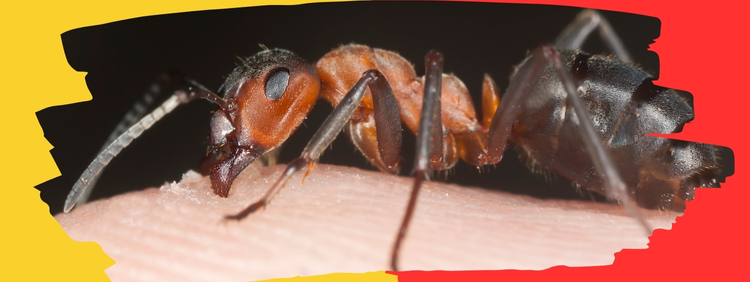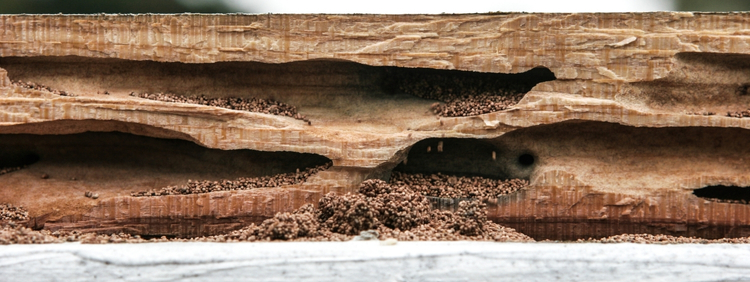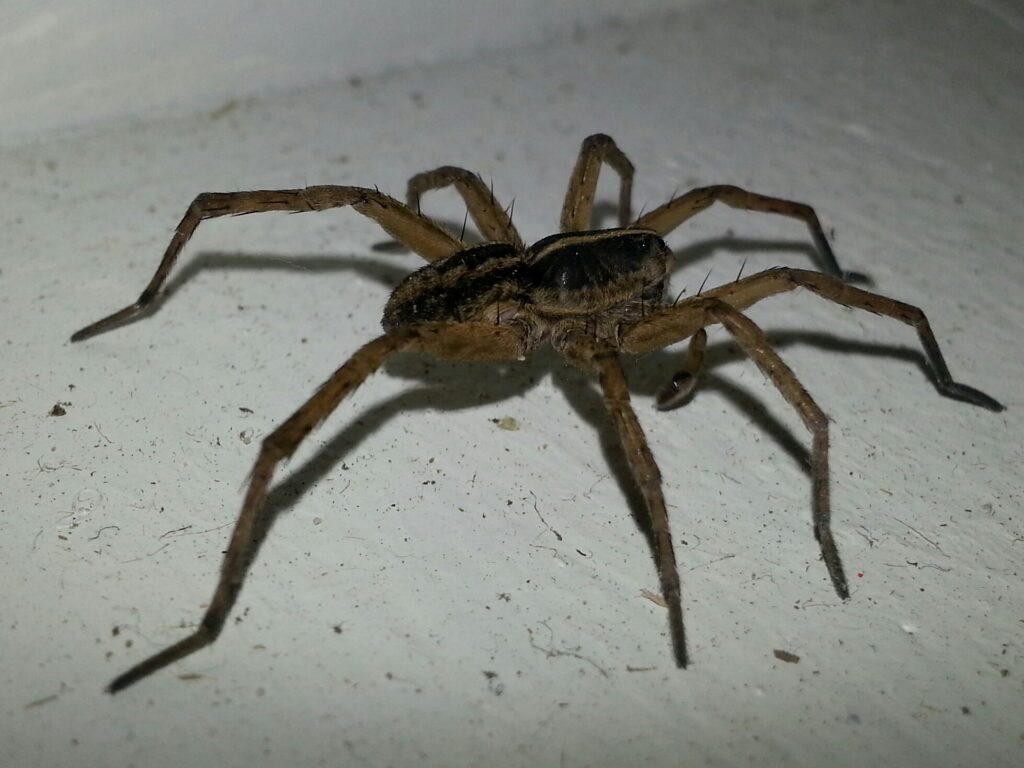 Carpenter ants, known for their distinctive black or red colouring and large size, are common invaders in many homes. These insects are particularly problematic as they not only infest wood but can also bite humans. While carpenter ant bites are not usually harmful, they can be quite painful and may cause discomfort for those affected.
Carpenter ants typically enter homes in search of food, moisture, or a new nesting site. They are particularly attracted to damp or decaying wood, making areas such as basements, attics, and window frames prime targets for their nests. Once inside, these ants can establish extensive colonies, leading to structural damage and ongoing infestations.
The presence of carpenter ants in a home often requires professional intervention. Pest control services in Hamilton offer specialized treatments to effectively manage and get rid of these pests. By addressing the root cause of the infestation and implementing preventative measures, homeowners can protect their properties from future invasions.
Understanding the behaviours and characteristics of carpenter ants is crucial for effective pest management. Homeowners should remain vigilant for signs of infestation, such as sawdust-like frass, rustling sounds within walls, and the appearance of large, winged ants. Early detection and professional pest control services are key to mitigating the risks associated with carpenter ant bites and the damage they can cause to wooden structures.
Carpenter ants, known for their distinctive black or red colouring and large size, are common invaders in many homes. These insects are particularly problematic as they not only infest wood but can also bite humans. While carpenter ant bites are not usually harmful, they can be quite painful and may cause discomfort for those affected.
Carpenter ants typically enter homes in search of food, moisture, or a new nesting site. They are particularly attracted to damp or decaying wood, making areas such as basements, attics, and window frames prime targets for their nests. Once inside, these ants can establish extensive colonies, leading to structural damage and ongoing infestations.
The presence of carpenter ants in a home often requires professional intervention. Pest control services in Hamilton offer specialized treatments to effectively manage and get rid of these pests. By addressing the root cause of the infestation and implementing preventative measures, homeowners can protect their properties from future invasions.
Understanding the behaviours and characteristics of carpenter ants is crucial for effective pest management. Homeowners should remain vigilant for signs of infestation, such as sawdust-like frass, rustling sounds within walls, and the appearance of large, winged ants. Early detection and professional pest control services are key to mitigating the risks associated with carpenter ant bites and the damage they can cause to wooden structures.
Do Carpenter Ants Bite Humans?
Yes, carpenter ants do bite humans, but it's relatively uncommon and typically occurs only when the ants feel threatened or are protecting their nest. These large ants possess strong mandibles that they use primarily for excavating wood and defending themselves. A carpenter ant bite can be painful, often described as a sharp pinch, and may lead to minor discomfort or irritation around the bite area. In most cases, a bite is not harmful and does not cause long-term issues. Unlike some other insect bites, carpenter ant bites do not transmit diseases, and the risk of an allergic reaction is minimal. The primary concern with carpenter ants lies in their potential to cause significant structural damage to wooden elements within a home, rather than the health risks associated with their bites.Possible Reasons for Carpenter Ants Biting Humans
Carpenter ants may bite humans for several reasons, but the primary cause is usually self-defence. When threatened or disturbed, these ants will use their strong mandibles to protect themselves and their colony. This defensive behaviour is common if someone inadvertently disturbs their nest or attempts to handle them directly. The bite, while painful, is a natural response intended to ward off perceived threats. Another potential reason for a carpenter ant to bite is mistaking humans for food. Carpenter ants forage for a variety of food sources, and their powerful mandibles are designed to cut through tough materials. While rare, there are instances where an ant might mistake a human for something edible, especially if there are food residues or sugary substances on the skin. Finally, they may bite when they are nesting inside structures. These ants are attracted to damp or decayed wood, often leading them to establish nests within homes. When colonies become large and spread throughout the woodwork, incidental human contact may increase the chances of bites. For instance, reaching into an infested area or disturbing damaged wood can provoke an immediate defensive reaction from the ants. While carpenter ant bites are relatively uncommon and usually not harmful, understanding the reasons behind these bites can aid in effectively managing and preventing infestations. Being aware of their self-defensive nature, their search for food, and their nesting habits inside structures helps homeowners take appropriate measures to minimize encounters and protect their properties.
How to Identify a Carpenter Ant Bite and Potential Reactions
Identifying a bite is relatively straightforward due to its distinct characteristics. When a carpenter ant bites, it uses its strong mandibles to pinch the skin, often resulting in immediate, sharp pain. The bite mark typically appears as a small, red, and slightly swollen area on the skin. In some cases, a noticeable puncture mark can be seen at the center of the bite, much like a tiny wound. Reactions to a carpenter ant bite are generally mild and short-lived. The most common symptoms include localized redness, minor swelling, and itching around the bite site. These symptoms usually subside within a few hours to a couple of days without the need for medical intervention. However, some individuals may experience more pronounced reactions, especially if they have sensitive skin or a predisposition to allergic responses. While severe allergic reactions to carpenter ant bites are rare, they are not impossible. Signs of an allergic reaction may include intense swelling, spreading redness, and persistent itching or pain. In extremely rare cases, individuals may develop symptoms of anaphylaxis, such as difficulty breathing, dizziness, or swelling of the face and throat. If any of these severe symptoms occur, immediate medical attention is imperative. Overall, while a carpenter ant bite can be painful, it does not pose significant health risks for most people. Understanding the typical reactions and rare potential for allergies helps in effectively managing any issues that arise from an encounter with these pests. Using simple, at-home remedies like ice packs and over-the-counter antihistamines can provide relief from minor discomfort and itching.Steps to Take if Bitten by a Carpenter Ant
If bitten by a carpenter ant, it’s essential to take the following steps to ensure proper care and prevent complications. Follow these guidelines:- Clean the Bite Area: Immediately wash the bite area with soap and warm water. This helps to remove any bacteria or debris that may have come into contact with the skin, reducing the risk of infection.
- Apply an Antiseptic: After cleaning, apply an antiseptic solution or cream to the bite site. This step aids in further disinfecting the area and promotes quicker healing.
- Use a Cold Compress: To alleviate pain and reduce swelling, place a cold compress or ice pack wrapped in a cloth on the bite for 10-15 minutes. This can be repeated several times a day as needed.
- Take Over-the-Counter Pain Relief: If the bite is particularly painful, consider taking an over-the-counter pain reliever such as ibuprofen or acetaminophen according to the package instructions.
- Apply Anti-Itch Cream: To manage itching and discomfort, use an over-the-counter anti-itch cream or antihistamine. Hydrocortisone cream can also be effective in reducing inflammation.
- Monitor for Signs of Infection or Allergic Reaction: Keep an eye on the bite site for any signs of infection, such as increased redness, warmth, pus, or swelling that persists. Additionally, watch for symptoms of an allergic reaction like intense swelling, spreading redness, or difficulty breathing.
- Seek Medical Attention if Necessary: If you notice signs of infection or experience severe symptoms such as difficulty breathing, swelling of the face or throat, or dizziness, seek medical attention immediately. These could indicate a serious allergic reaction requiring prompt treatment.

